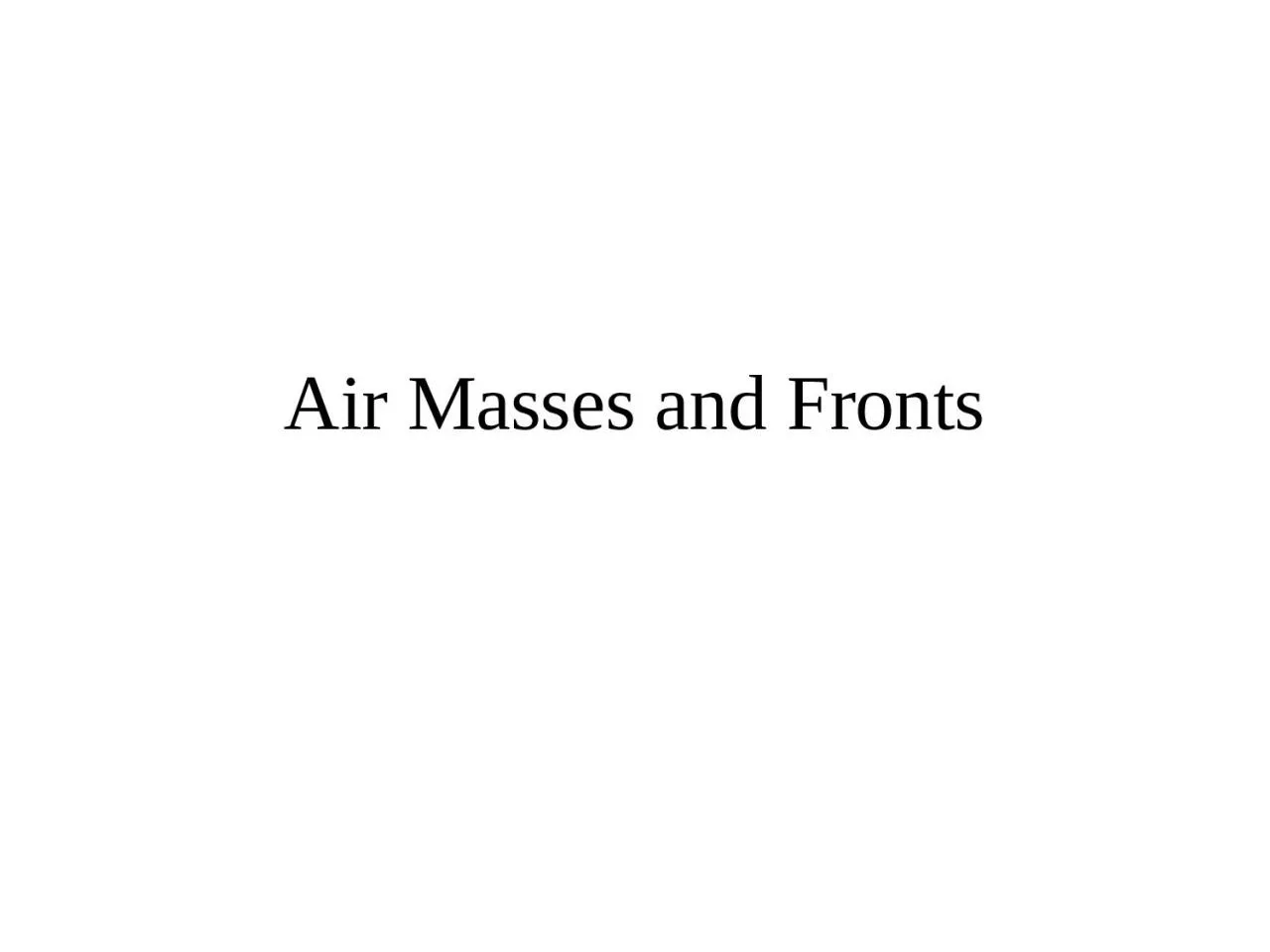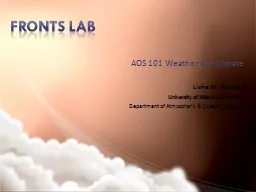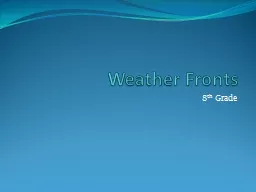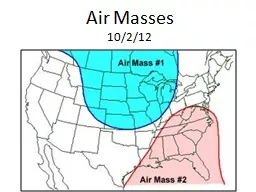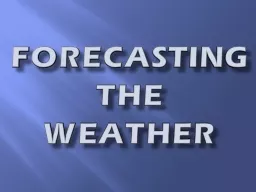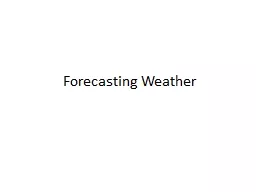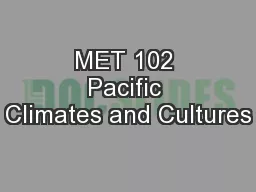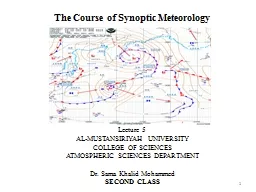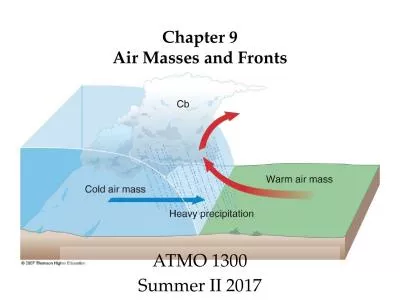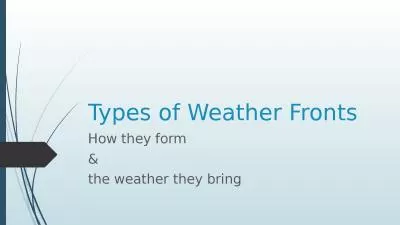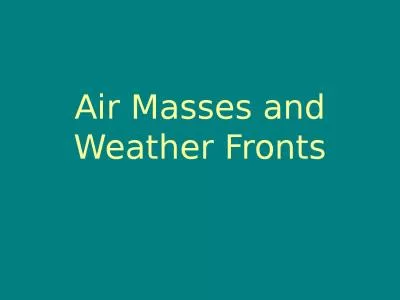PPT-Air Masses and Fronts Source regions for North American
Author : pamela | Published Date : 2024-02-03
air masses An Air Mass is an immense body of air some 1600 km 1000mi across and 13 km 6 to 19mi thick with relatively homogeneous physical properties density T
Presentation Embed Code
Download Presentation
Download Presentation The PPT/PDF document "Air Masses and Fronts Source regions for..." is the property of its rightful owner. Permission is granted to download and print the materials on this website for personal, non-commercial use only, and to display it on your personal computer provided you do not modify the materials and that you retain all copyright notices contained in the materials. By downloading content from our website, you accept the terms of this agreement.
Air Masses and Fronts Source regions for North American: Transcript
Download Rules Of Document
"Air Masses and Fronts Source regions for North American"The content belongs to its owner. You may download and print it for personal use, without modification, and keep all copyright notices. By downloading, you agree to these terms.
Related Documents

